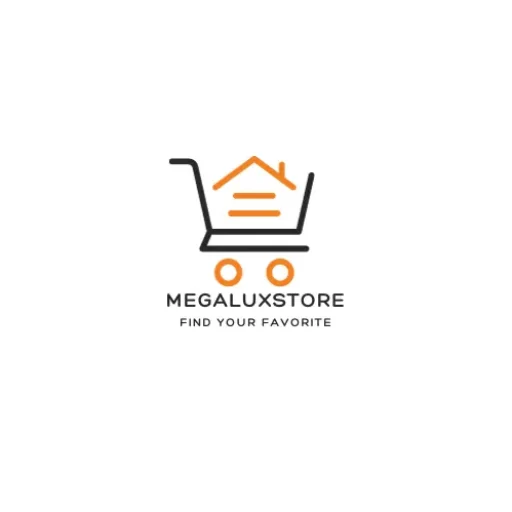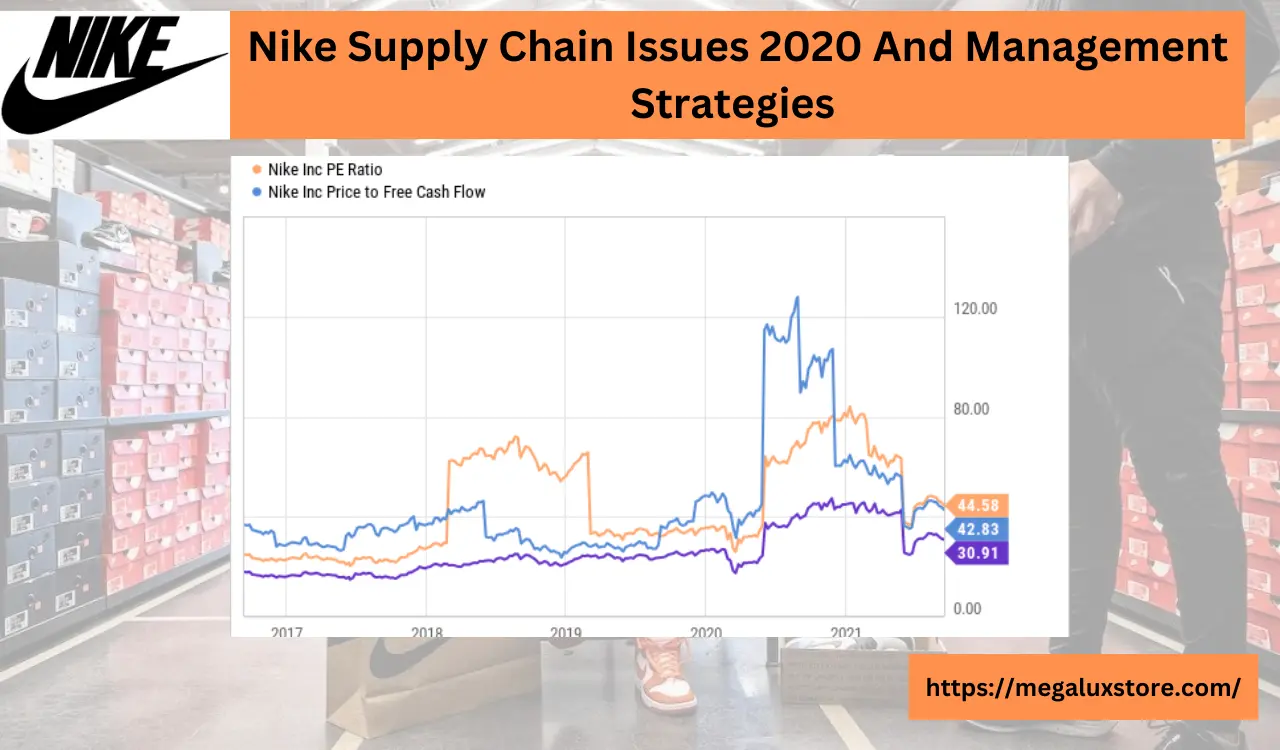Nike, a global giant in the sportswear industry, has not only captured the hearts of millions with its iconic swoosh but has also become a case study in efficient supply chain management. This article takes a deep dive into Nike supply chain issues, exploring its strategies, challenges, and the evolving supply chain management landscape.
Introduction to Nike Supply Chain
Nike’s journey to the zenith of sportswear began with a vision, but sustaining that success required more than just innovative designs. The backbone of its operation lies in a well-orchestrated supply chain. In the fiercely competitive world of athletic apparel, understanding how Nike navigates its supply chain challenges becomes imperative.
Nike Supply Chain Management: An Overview
To comprehend Nike current supply chain dynamics, one must delve into its past. Nike’s journey began with a traditional supply chain, but it has evolved into a sophisticated and adaptive system over the years. The company has continuously refined its strategies to stay ahead in the game.
Decoding Nike Supply Chain Management Strategies
Nike’s success isn’t just about making great shoes; it’s about the meticulous planning and execution of supply chain strategies. By decoding these strategies, we gain insights into how Nike produces and delivers its products with precision and speed. And how luxury store producing maximum sales.
Inside Nike Operations: Unveiling the Supply Chain Dynamics
The inner workings of Nike supply chain are a testament to the integration of technology and data-driven decision-making. Every step, from demand forecasting to production planning, is optimized for efficiency and customer satisfaction.
A Closer Look at Nike Supply Chain Issues in 2020
No journey is without challenges, and Nike faced its fair share in 2020. From disruptions caused by the global pandemic to logistical nightmares, this section examines how Nike tackled these issues head-on and emerged stronger.
Strategic Insights into Nike Supply Chain Management
Nike’s ability to adapt its supply chain strategies to the ever-changing market dynamics is crucial to its sustained success. Nike sets a precedent for responsible business practices by laying the right balance between efficiency and sustainability.
Addressing Nike Supply Chain Problems: An In-Depth Analysis
When issues arise, how does Nike respond? This section delves into Nike’s proactive measures to address supply chain problems, maintaining its commitment to quality and customer satisfaction.
Unveiling the Structural Elements of Nike Supply Chain Issues
A comprehensive understanding of Nike’s supply chain requires a closer look at its structural elements. From sourcing raw materials to delivering the final product, the roles of suppliers, manufacturers, and distributors are pivotal.
Nike’s Shortage Challenge: Understanding the Supply Chain Impact
Shortages can have a profound impact on a brand’s reputation. This section examines how Nike tackles the shortage challenge, ensuring that the supply chain remains resilient despite unpredictable market demands.
Mastering the Art of Supply Chain: The Nike Perspective
What lessons can other companies draw from Nike’s supply chain journey? This section explores the innovative approaches that set Nike apart and looks at the prospects and advancements in supply chain management.
Conclusion
In conclusion, Nike’s supply chain journey is a testament to the power of adaptability and innovation. Navigating through challenges, the company has sustained its position and set a benchmark for the industry.
Frequently Asked Questions(FAQs)
How has Nike supply chain evolved over the years?
Nike’s supply chain has evolved from a traditional model to a sophisticated and adaptive system, incorporating technology and data-driven decision-making.
What challenges did Nike face in its supply chain in 2020?
Nike faced disruptions due to the global pandemic and logistical challenges, impacting production and distribution.
How does Nike balance efficiency and sustainability in its supply chain?
Nike strikes a balance by adapting its strategies to market demands while maintaining a commitment to responsible business practices.
What measures has Nike taken to address supply chain problems?
Nike proactively addresses supply chain problems, ensuring quality and customer satisfaction.
What lessons can other companies learn from Nike’s supply chain journey?
Other companies can learn from Nike’s innovative approaches and commitment to adaptability in the supply chain.





